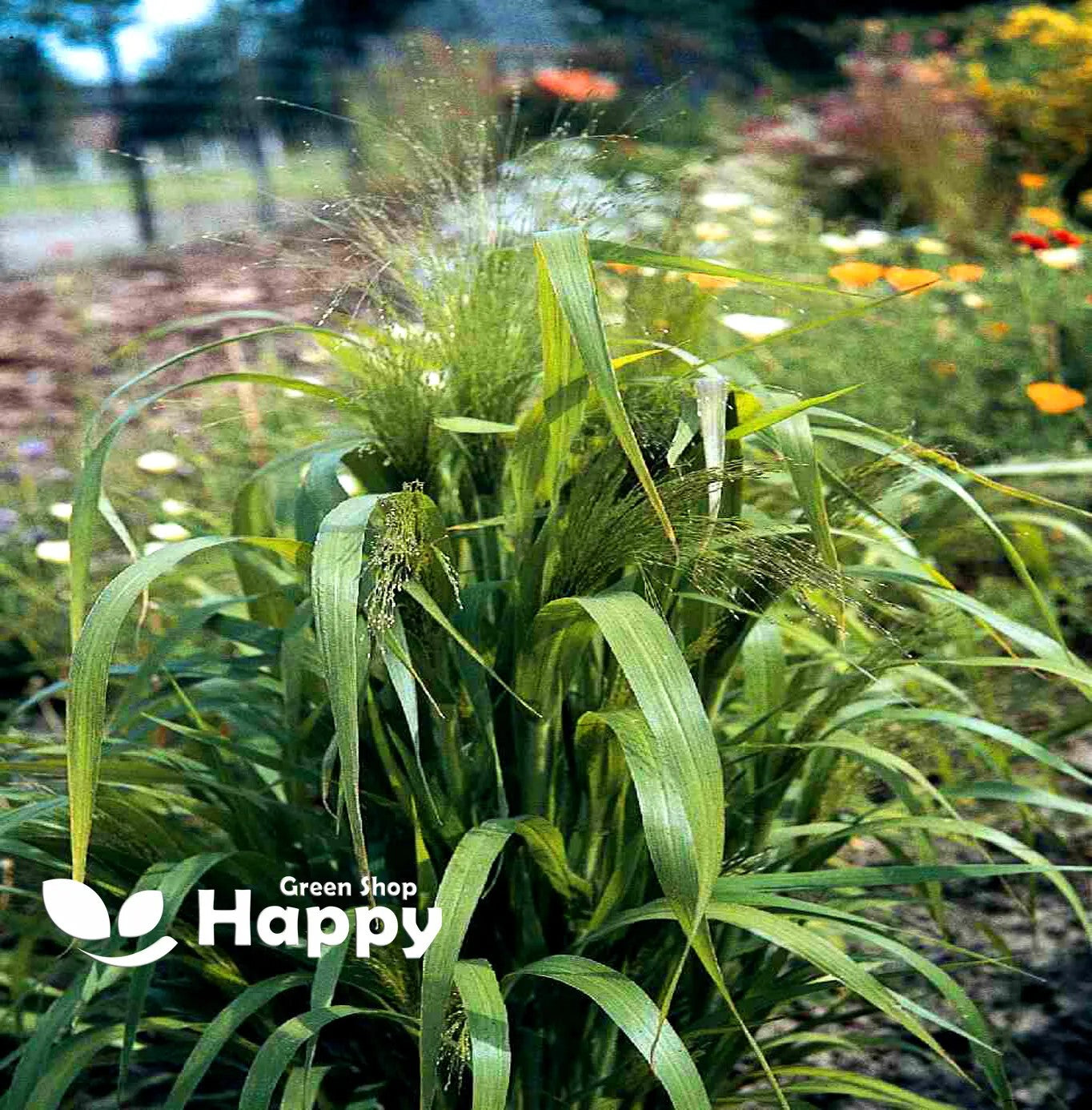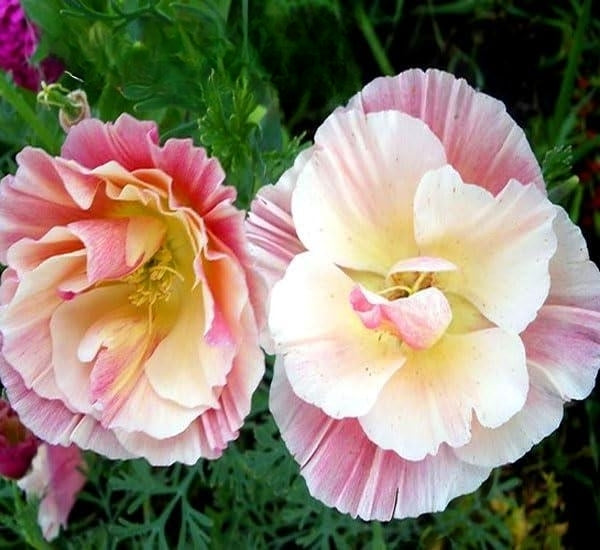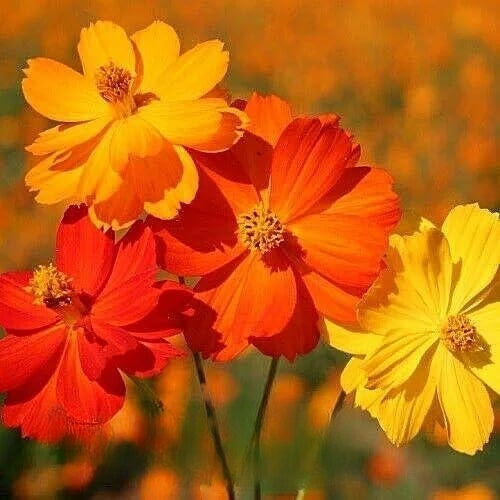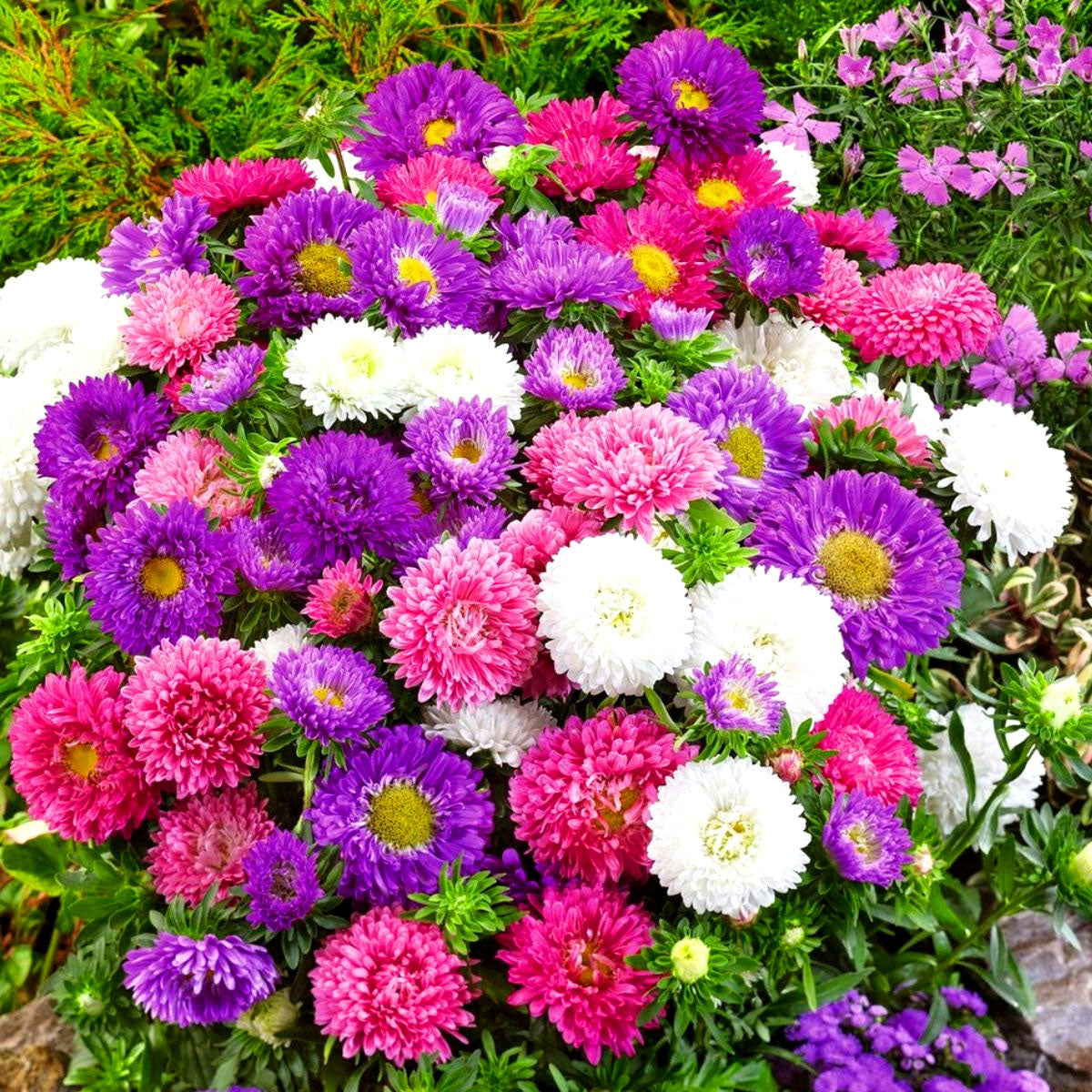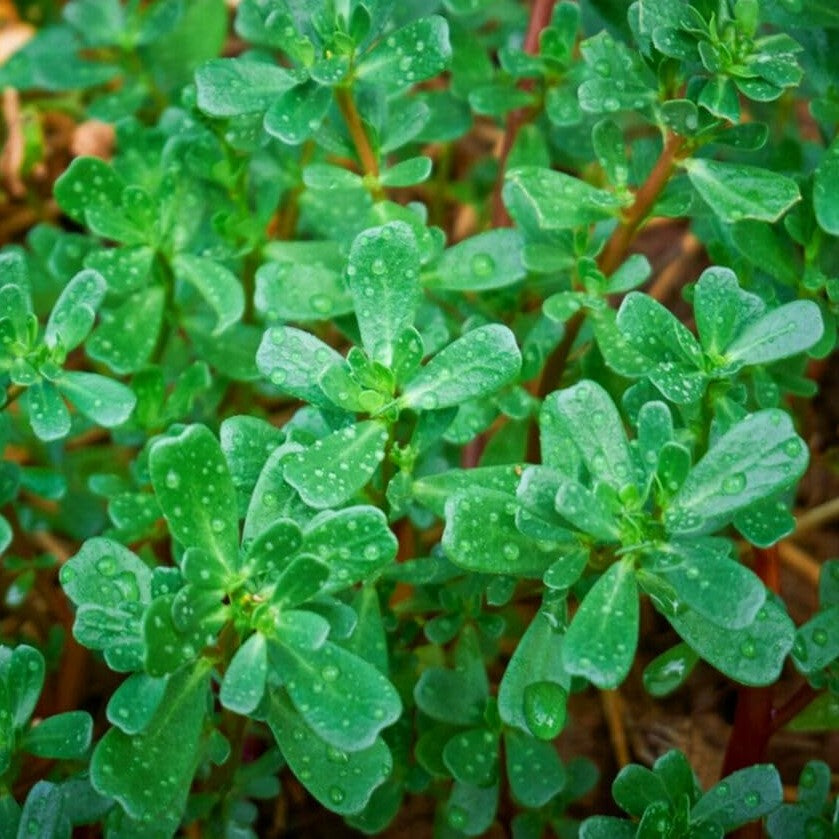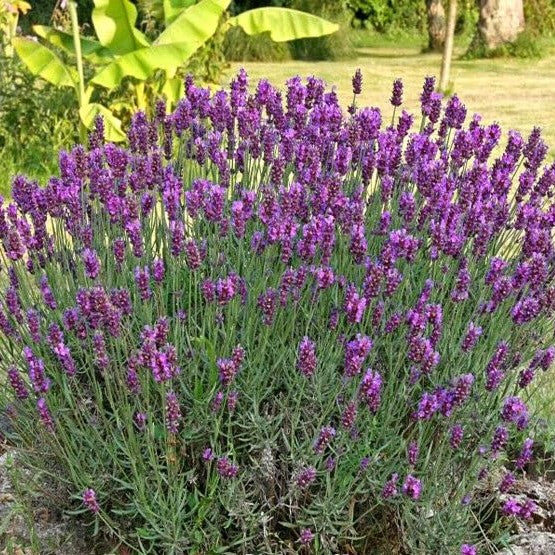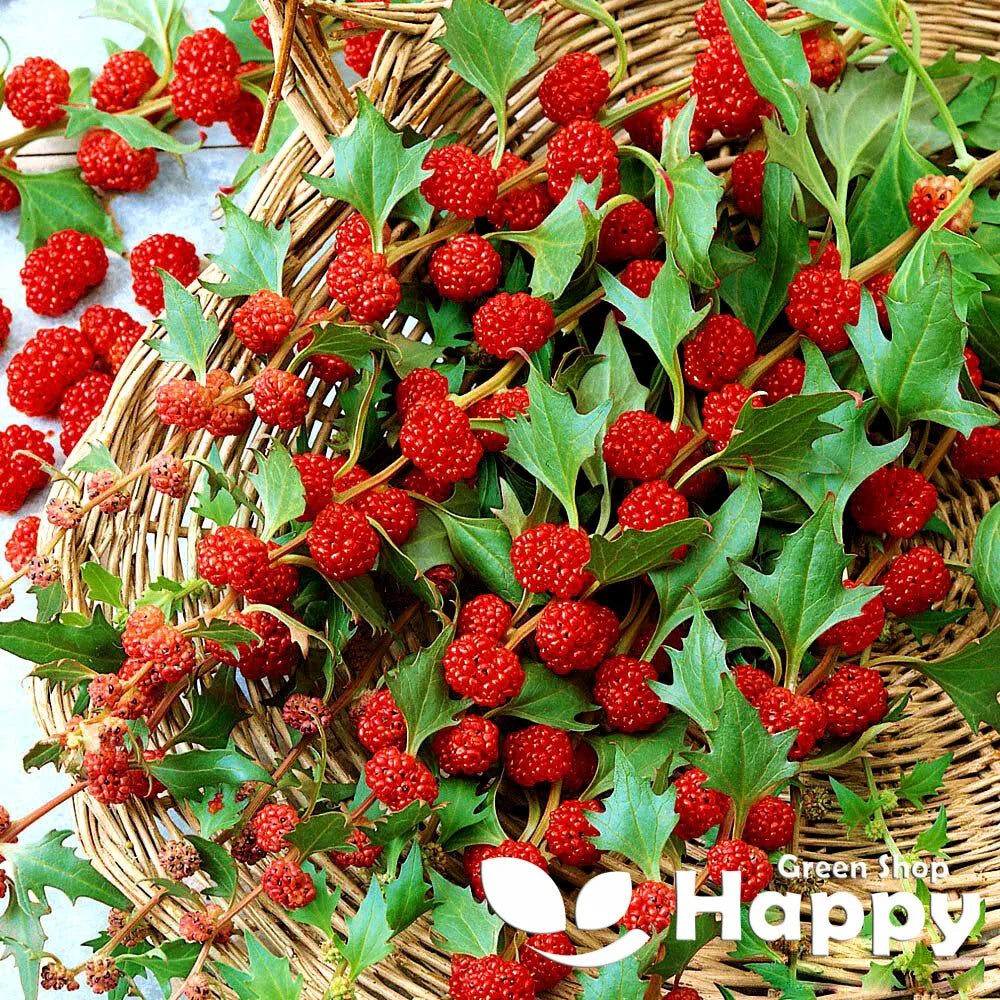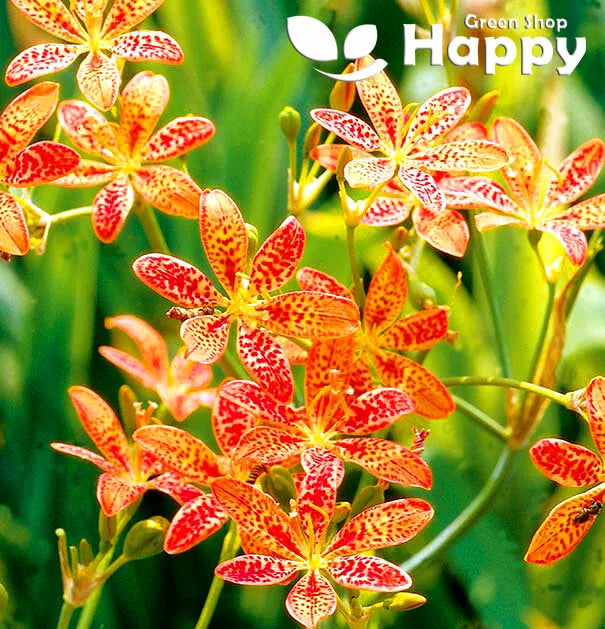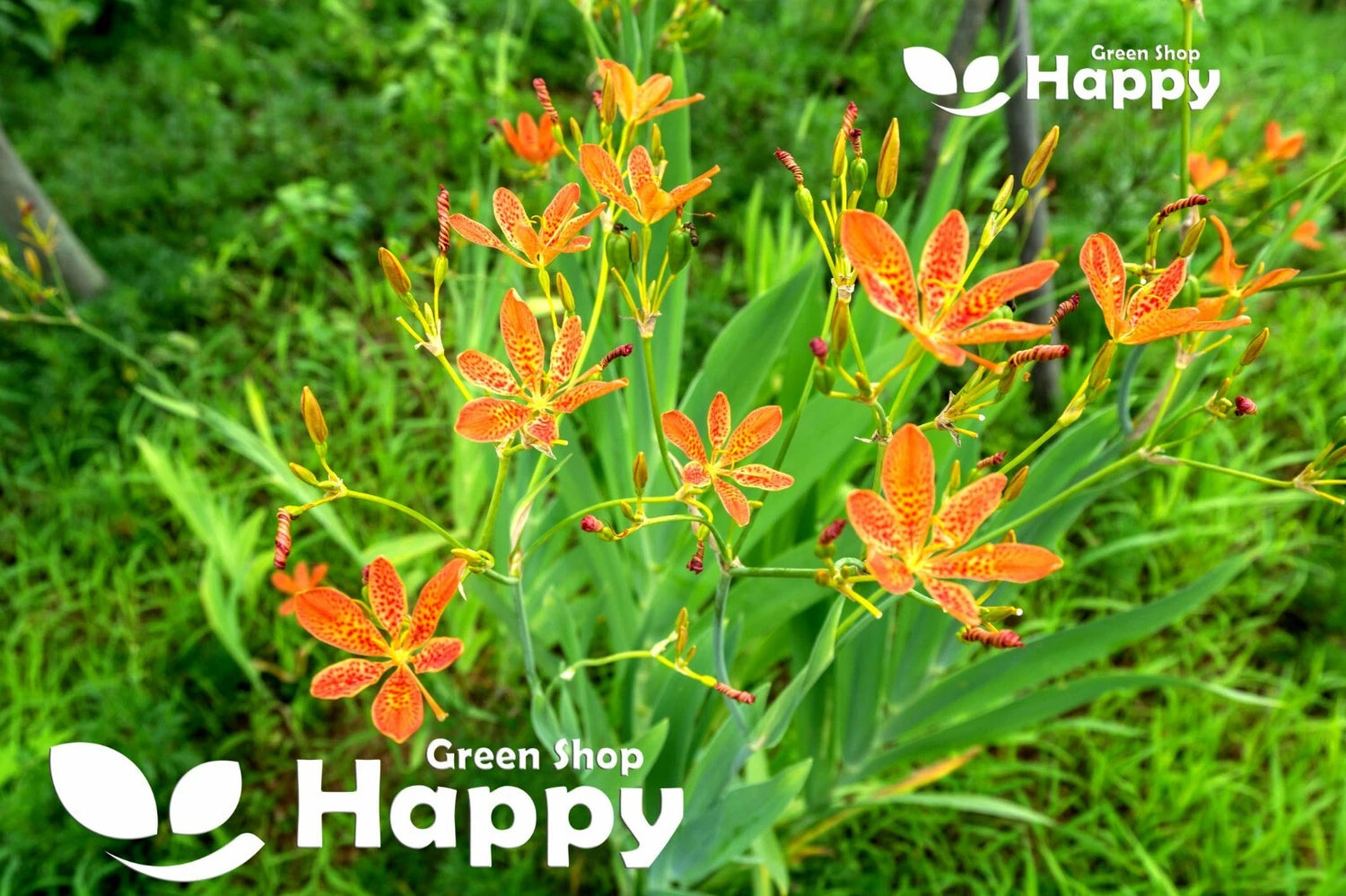Sort by:
211 products
211 products
Love Grass – Ornamental Grass Seeds
(Eragrostis elegans)
The Love Grass (Eragrostis elegans) is a graceful, airy ornamental grass valued for its fine, delicate seed heads that shimmer in the breeze. Its soft, cloud-like sprays add a romantic, light texture to borders, wildflower gardens, and floral arrangements. Easy to grow and quick to establish, this annual grass also makes a beautiful addition to bouquets and dried flower crafts.
Key Features
-
Type: Annual ornamental grass
-
Height: 50–70 cm
-
Spread: 25–30 cm
-
Flowering/seed heads: July–October
-
Position: Full sun
-
Soil: Light, well-drained
Ideal For
-
Adding texture to borders and beds
-
Wildflower-style plantings
-
Cut flower arrangements (fresh or dried)
-
Naturalistic and prairie-style gardens
Sowing & Growing
-
Sow indoors: March–April (in trays or pots, lightly covered)
-
Sow outdoors: April–May (direct in prepared soil)
-
Sow depth: Lightly cover – fine seeds need minimal soil cover
-
Spacing: Thin to 20–25 cm apart
-
Care: Low-maintenance; thrives in poor soil and tolerates drought once established
California Poppy 'Frilled Rose' – Seeds
(Eschscholzia californica)
California Poppy 'Frilled Rose' is a vibrant, hardy annual known for its frilled, soft pink blooms that bring a cheerful splash of colour to gardens. Its delicate, fern-like foliage complements the flowers, creating an attractive, low-maintenance display. This fast-growing variety thrives in sunny spots and well-drained soil, perfect for borders, rockeries, and wildflower meadows.
Key Features
-
Type: Hardy annual
-
Height: 30–40 cm
-
Spread: 20–30 cm
-
Flowering: May–September
-
Position: Full sun
-
Soil: Well-drained, moderately fertile
Ideal For
-
Borders and edging
-
Rockeries and wildflower meadows
-
Pollinator-friendly gardens
-
Low-maintenance summer colour
Sowing & Growing
-
Sow outdoors: March–May directly in soil
-
Germination: 7–14 days
-
Thin seedlings to 20–30 cm spacing
-
Prefers full sun and well-drained soil
-
Low-maintenance; drought-tolerant once established
Dwarf Cosmos 'Carpet' Mix – Seeds
(Cosmos sulphureus semidouble)
Dwarf Cosmos 'Carpet' Mix produces compact, bushy plants covered in a dazzling blend of orange, yellow, and red semi-double blooms. Unlike taller cosmos varieties, this dwarf mix stays low, creating a brilliant “carpet” of color perfect for borders, bedding, or pots. Easy to grow and tolerant of poor soil, heat, and drought, it flowers all summer long.
Key Features
-
Type: Half-hardy annual
-
Height: 25–40 cm
-
Spread: 25–30 cm
-
Flowering: June–October
-
Position: Full sun
-
Soil: Light, well-drained
Ideal For
-
Bedding displays & borders
-
Pots and containers
-
Edging paths
-
Pollinator-friendly gardens
Sowing & Growing
-
Sow indoors: March–April, germinate at 18–22°C
-
Sow outdoors: April–May after frost
-
Transplant or thin to 25–30 cm spacing
-
Deadhead regularly to extend blooming
Aster "Color Carpet Mix" – Seeds
(Callistephus chinensis)
Aster "Color Carpet Mix" is a charming dwarf variety that produces a vivid carpet of colorful blooms in late summer and autumn. With compact, bushy growth and daisy-like flowers in shades of pink, purple, red, blue, and white, this mix is perfect for brightening borders, rockeries, and container displays. Long-lasting blooms make them excellent for cutting, bringing cheer indoors as well.
Why Grow Aster "Color Carpet Mix"?
-
Compact, bushy habit with masses of blooms
-
Vibrant mix of summer and autumn colors
-
Long flowering season
-
Great for edging, containers & small gardens
Key Features
-
Type: Half-hardy annual
-
Height: 20–25 cm
-
Blooms: July–October
-
Position: Full sun or partial shade
-
Soil: Well-drained, fertile soil
Ideal For
-
Bedding & edging
-
Rock gardens and low borders
-
Patio containers
-
Cut flower arrangements
Sowing & Growing
-
Sow indoors: February–April, in trays or pots, lightly covering seeds
-
Transplant seedlings outdoors after frost, spacing 20 cm apart
-
Sow outdoors: May, directly where they are to flower
-
Germination: 10–14 days at 18–21°C
-
Remove faded blooms to extend flowering season
Green Purslane – Seeds
(Portulaca oleracea sativa)
Green Purslane is a fast-growing, highly nutritious leafy vegetable known for its crisp texture and slightly tangy, lemony flavor. Packed with omega-3 fatty acids, vitamins, and minerals, it’s a popular choice for fresh salads, smoothies, soups, and stir-fries. This hardy annual thrives in warm, sunny spots and poor soils, making it an easy-to-grow, low-maintenance crop.
Why Grow Green Purslane?
-
Nutritious superfood rich in omega-3s & antioxidants
-
Succulent leaves with a refreshing, tangy taste
-
Quick-growing and drought-tolerant
-
Versatile in the kitchen: salads, soups, smoothies & sautés
Key Features
-
Type: Annual herb/leafy vegetable
-
Height: 15–30 cm
-
Harvest: 6–8 weeks from sowing
-
Position: Full sun
-
Soil: Well-drained, sandy or poor soils tolerated
Ideal For
-
Kitchen & herb gardens
-
Containers and small spaces
-
Healthy cooking & raw food diets
-
Easy, low-maintenance cultivation
Sowing & Growing
-
Sow outdoors: April–July, directly in soil after frost risk has passed
-
Sow thinly and cover lightly with soil
-
Germination: 7–14 days at 18–22°C
-
Thin seedlings to 15 cm apart
-
Harvest leaves regularly to encourage fresh growth
Pink Lavender – Seeds
(Lavandula latifolia)
Pink Lavender is a beautiful perennial herb with aromatic foliage and soft pink-purple flower spikes that attract bees and butterflies. Its compact, upright growth makes it perfect for borders, rockeries, and containers. Drought-tolerant and low-maintenance, it adds fragrance and color to any garden while providing culinary and ornamental uses.
Why Grow Pink Lavender?
-
Soft pink-purple flower spikes with aromatic foliage
-
Attracts pollinators, especially bees and butterflies
-
Compact, upright perennial
-
Drought-tolerant and low-maintenance
Key Features
-
Type: Perennial
-
Height: 40–60 cm
-
Flowers: Summer
-
Position: Full sun
-
Soil: Well-drained, sandy or moderately fertile
Ideal For
-
Borders, rockeries, and container planting
-
Pollinator-friendly gardens
-
Fragrant garden displays and herbal uses
-
Low-maintenance ornamental planting
Sowing & Growing
-
Sow indoors: February–April in seed trays
-
Sow outdoors: April–May in prepared soil
-
Germination: 14–28 days at 18–22°C
-
Spacing: 30–40 cm apart
-
Care: Moderate watering; prune after flowering to maintain shape
Roman Chamomile – Seeds
(Anthemis nobilis)
Roman Chamomile is a low-growing perennial herb with delicate, daisy-like white flowers and a sweet apple-like fragrance. Perfect for borders, rockeries, and herb gardens, it is valued for its calming and medicinal properties. Easy to grow and drought-tolerant, it also attracts pollinators, making it a versatile and attractive addition to any garden.
Why Grow Roman Chamomile?
-
Delicate white daisy-like flowers with a sweet fragrance
-
Calming and medicinal herb
-
Low-growing, spreading perennial
-
Attracts bees and butterflies
Key Features
-
Type: Perennial
-
Height: 15–20 cm
-
Flowers: Summer
-
Position: Full sun
-
Soil: Well-drained, moderately fertile
Ideal For
-
Herb gardens and medicinal plantings
-
Borders, rockeries, and groundcover
-
Pollinator-friendly gardens
-
Low-maintenance fragrant displays
Sowing & Growing
-
Sow indoors: February–April in seed trays
-
Sow outdoors: March–May in prepared soil
-
Germination: 14–21 days at 18–20°C
-
Spacing: 20–25 cm apart
-
Care: Moderate watering; trim after flowering to maintain shape
Strawberry Stick – Seeds
(Chenopodium foliosum)
Strawberry Stick is a unique annual plant grown for its bright red, strawberry-like seeds. These edible seeds are not only nutritious but also add a decorative touch to gardens. Its upright, bushy habit makes it perfect for borders, vegetable gardens, and ornamental planting. Easy to grow and drought-tolerant, it’s both practical and attractive.
Why Grow Strawberry Stick?
-
Bright red, edible seeds
-
Attractive upright, bushy foliage
-
Nutritious and ornamental
-
Easy to grow and drought-tolerant
Key Features
-
Type: Annual
-
Height: 50–80 cm
-
Flowers: Summer
-
Position: Full sun to partial shade
-
Soil: Well-drained, fertile
Ideal For
-
Vegetable gardens and edible landscaping
-
Borders and ornamental plantings
-
Pollinator-friendly gardens
-
Low-maintenance garden displays
Sowing & Growing
-
Sow indoors: February–April in seed trays
-
Sow outdoors: April–May in prepared soil
-
Germination: 10–14 days at 18–20°C
-
Spacing: 25–30 cm apart
-
Care: Moderate watering; remove weeds for best growth
Blackberry Lily – Seeds
(Belamcanda chinensis)
Blackberry Lily is a striking perennial with bright orange, freckled flowers that bloom in summer, followed by shiny black seed pods resembling berries. Its upright clumping habit and sword-shaped foliage make it ideal for borders, cottage gardens, and ornamental plantings. Low-maintenance and hardy, it attracts pollinators and adds vibrant color to any garden.
Why Grow Blackberry Lily?
-
Bright orange, freckled summer flowers
-
Unique black seed pods for decorative interest
-
Attracts bees and butterflies
-
Low-maintenance, hardy perennial
Key Features
-
Type: Perennial
-
Height: 60–90 cm
-
Flowers: Summer
-
Position: Full sun to partial shade
-
Soil: Well-drained, fertile
Ideal For
-
Borders, cottage gardens, and perennial beds
-
Pollinator-friendly gardens
-
Decorative seed pod interest
-
Low-maintenance ornamental planting
Sowing & Growing
-
Sow indoors: February–April in seed trays
-
Sow outdoors: April–May in prepared soil
-
Germination: 14–28 days at 18–20°C
-
Spacing: 30–40 cm apart
-
Care: Moderate watering; remove weeds and deadhead for prolonged flowering
Showing 36/211





